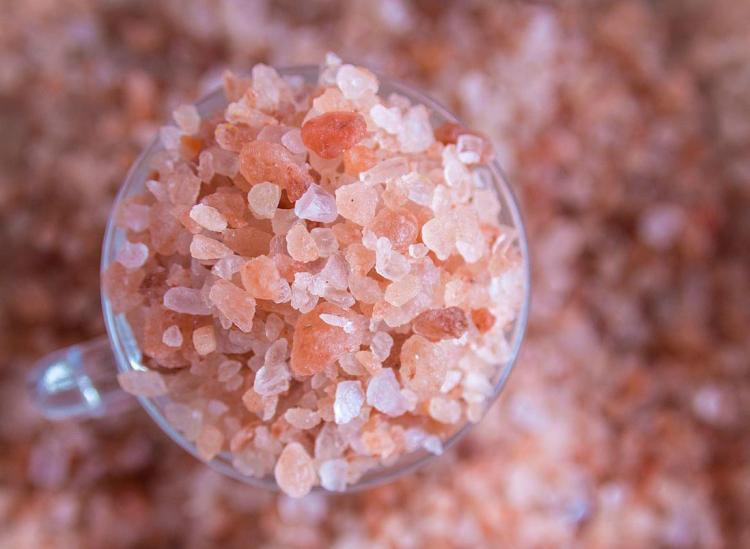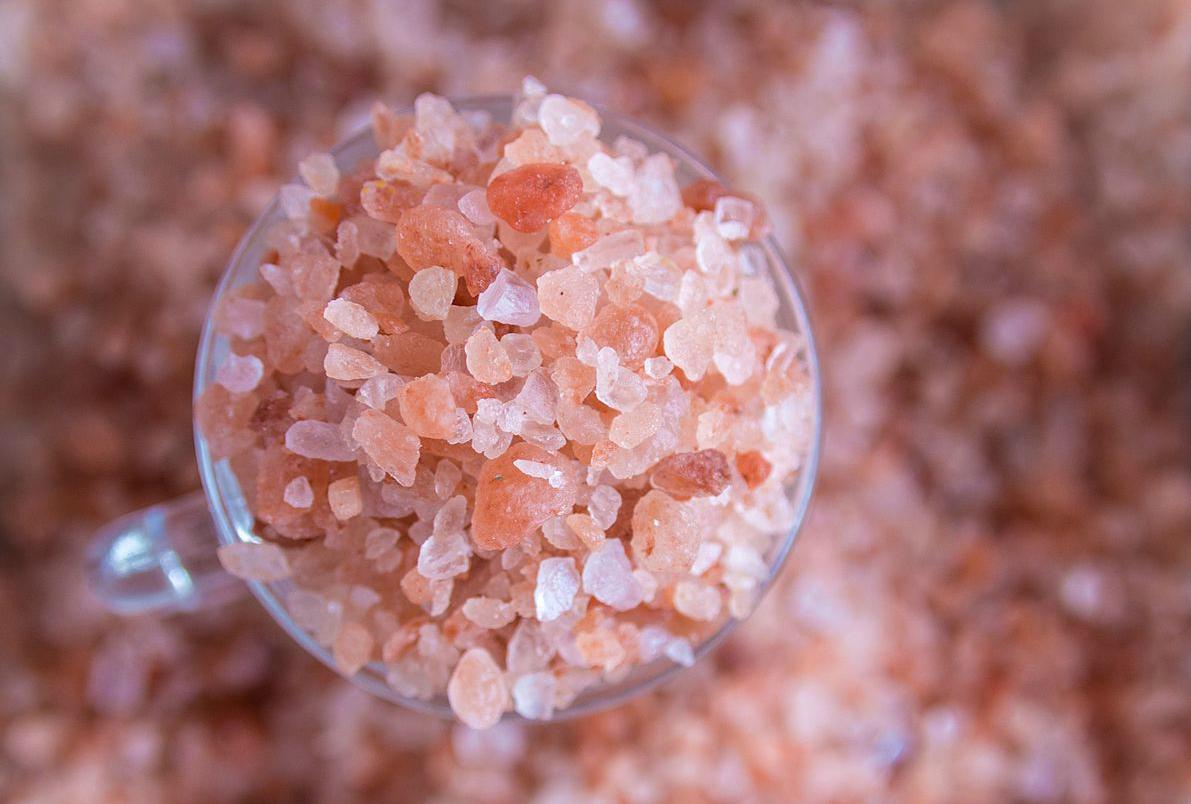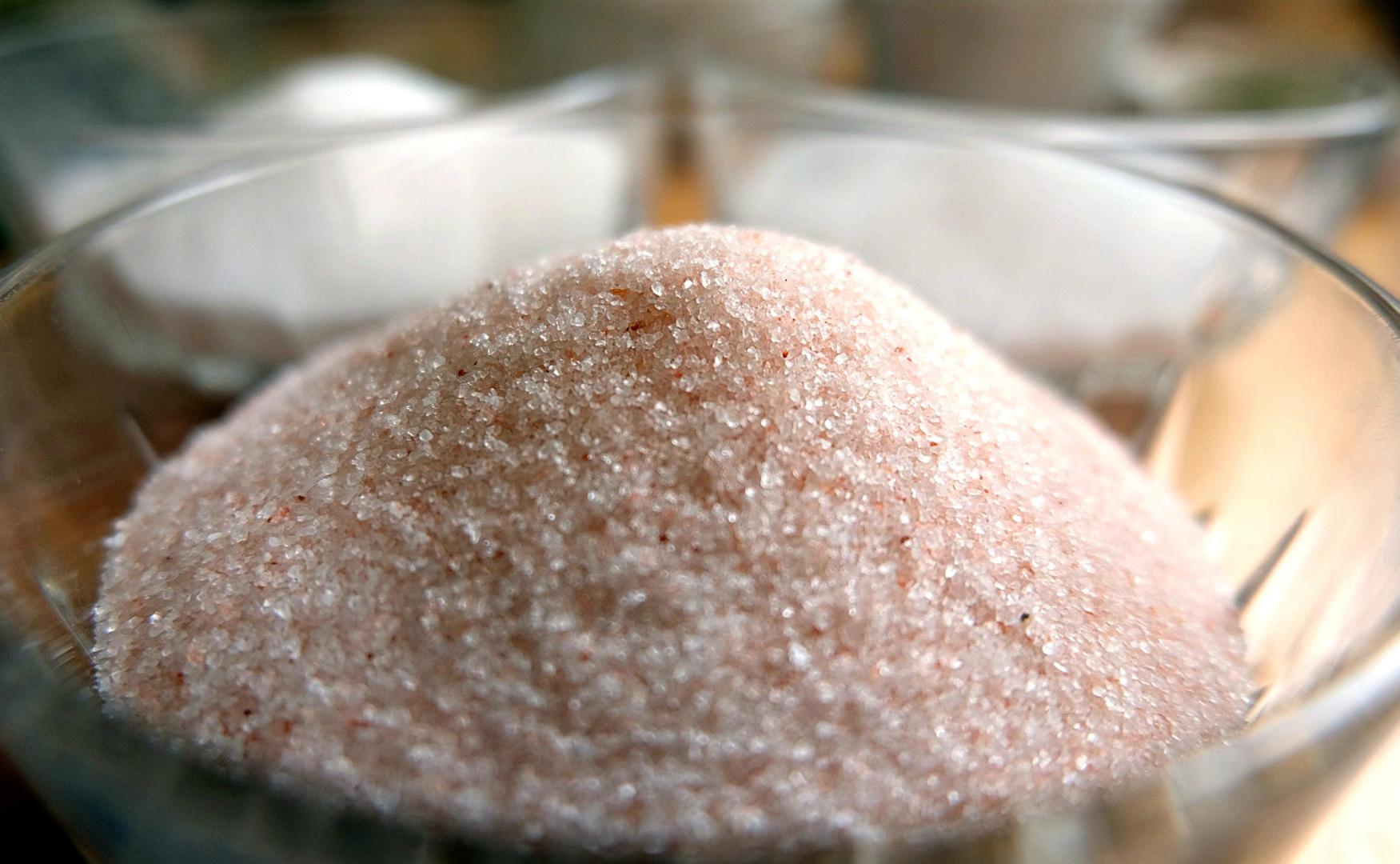Pink Himalayan Sea Salt Isn’t All It’s Cracked Up To Be

Wikimedia
Salt is a necessary part of all human life. Our bodies use sodium to help muscles contract, to send nerve impulses and regulate our fluid balance so we don’t become too dehydrated. There’s been a lot of hype surrounding pink Himalayan sea salt. It’s advertised as the most beneficial salt out there with nutritional and therapeutic properties, a wide range of culinary uses and there are all sorts of DIY uses like body scrubs and soaps. While there has been a lot of positive attention surrounding the pink sea salt, there’s also a lot of speculation that it’s actually not all it’s cracked up to be.

Wikimedia
What exactly is Himalayan sea salt? Off the top of your head, the word Himalayan might send your imagination immediately to Mount Everest and the Himalayas, the snow-topped mountain range in Asia. This hyped sea salt comes from the Punjab region of Pakistan, which is actually close to 200 miles away from the Himalayas. The salt beds were formed 250 million years ago, which were covered by lava and blanketed with ice for thousands of years, so the salt was seen as protected from all of the pollutants of modern day.

Pixabay
This is why people see Himalayan sea salt as so pure and natural, but in reality, the pink color is mainly due to impurities. Although it’s supposed to store vibrational energy along with promoting all kinds of benefits, there is no concrete evidence, so far, to back the claims about this particular sea salt. Out of the 84 trace minerals that it’s been promoted to contain, only some of them are seen as usable and the rest could be considered contaminants. While there are some recognized nutrients and minerals like calcium, iron, magnesium, phosphorus, potassium and sodium, the salt doesn’t contain enough of them to reverse any kind of dietary deficiency your body may have.

Pixabay
Meanwhile, table salt is heavily processed to eliminate minerals and it usually contains some kind of additive to prevent clumping. Iodine is added to table salt to help with maintaining a healthy thyroid. The main differences between table salt and sea salt is the texture, taste and method of processing. Sea salt is made with little processing through the evaporation of ocean water, leaving trace minerals behind.
At the end of the day, pink Himalayan sea salt most likely won’t hurt you, but don’t expect any miracles.











